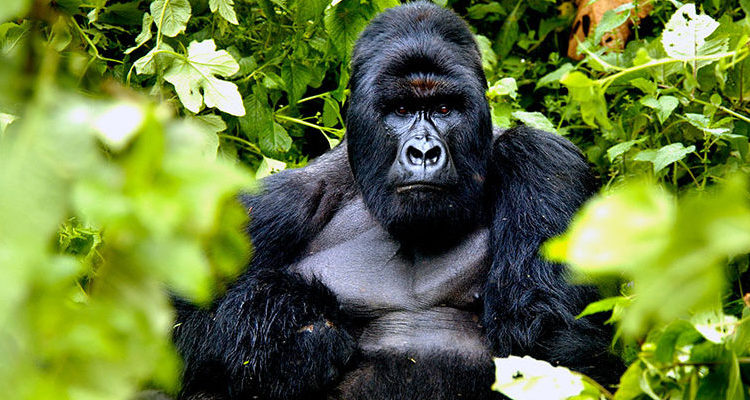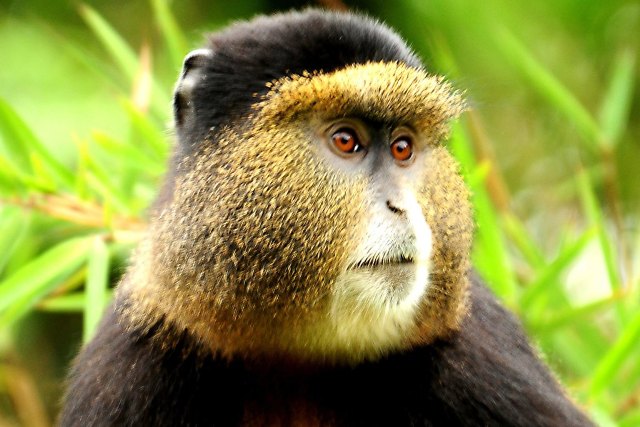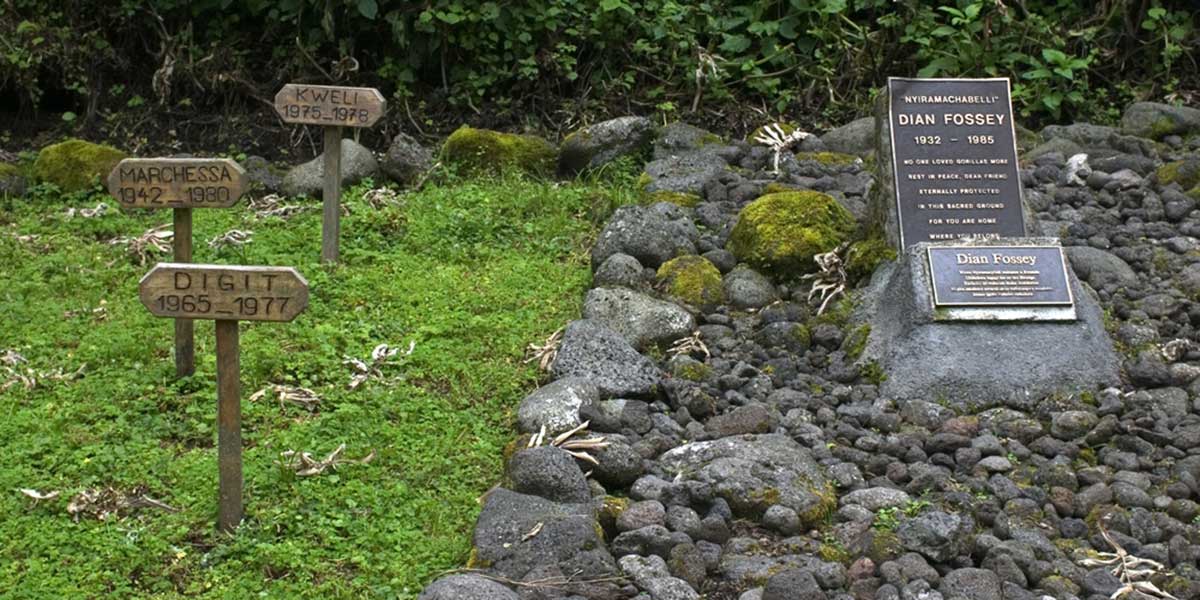
Where is Volcanoes National Park Located?
Where is Volcanoes National Park Located? Volcanoes National Park, which covers 160 square kilometers in northern Rwanda, is part of the larger Virunga volcanic conservation region, which also includes Virunga National Park in Congo and Mgahinga Gorilla National Park in Uganda. Initially, a tiny region around the Karisimbi, Mikeno, and Visoke volcanoes was gazetted to safeguard Mountain gorillas, which were approaching extinction due to poaching.
Where is Volcanoes National Park Located?
Rwanda’s Volcanoes National Park is located in Musanze, formerly known as Ruhengeri, and is easily accessible by public transportation from Gisenyi, Kigali, or the airport. The travel to Volcanoes National Park takes 2 hours, so you may undertake gorilla tracking and drive back to Kigali on the same day. You must arrive at the Kinigi offices, near the park entrance, by 7:00 a.m.
What you can do during your visit to Volcanoes National Park?
Gorilla Trekking
Despite the fact that the gorilla permits in Rwanda cost at $1,500 is the most expensive of the three mountain gorilla trekking locations, the country nonetheless draws the most gorilla trekkers in the area. This is due to a variety of variables that offer Rwanda an advantage over its neighbors in terms of gorilla trekking. These include an excellent transportation network, as seen by the well-paved roads that connect the airport to the park. Another advantage is the short distance between the airport and the park, which takes about 3 hours to drive.
Golden Monkey Trek
Aside from mountain gorillas, Volcanoes National Park also features golden monkeys as fascinating attractions. Tracking golden monkeys in the park is significantly cheaper and more convenient than gorilla trekking, despite the fact that both activities are subject to the same laws.

Visit Musanze Caves
The Musanze caverns, which are also located inside Volcanoes National Park, were designated as a tourist attraction by the Rwanda Development Board in 2013. Visitors to the park have been visiting the site since then to observe the unique and remarkable features of these caves.
Mount Climbing
Volcanoes National Park has three Virunga Volcanoes: Mount Karisimbi, Mount Bisoke, and Mount Muhabura. Mount Karisimbi is the most popular volcano for trekking because of its gorgeous snow-capped peak and the amazing views it provides hikers of the surrounding area.
Cultural Tours
A Rwanda culture trip to Ibyi’wacu cultural village is one of the primary aspects that distinguish Rwanda gorilla safaris. Ibyi’wacu Cultural Village offers a once-in-a-lifetime opportunity to interact with locals in their natural habitat while learning about our culture and traditions.
Be really welcomed as a distinguished visitor by the community as they proudly exhibit pieces of their traditions and beliefs to you. The only way to get to know people is to get near to them and engage with them, as well as participate in their everyday activities and, most importantly, with them.
Ibyi’wacu village is located in Nyabigoma, Kinigi, Musanze district, Northern Province- pay a visit to Ibyi’wacu to share with local people home and heritage assets such as lifestyles, activities, artifacts, and ways of life. Ibyi’wacu Cultural Village is dedicated to introducing tourists to traditional ways of life, cultures, and dances.
Hike to Dian Fossey Tomb
Dian Fossey’s gravesite is located within Volcanoes National Area at the Karisoke Research Centre, where visitors pay frequent homage to this outstanding environmentalist who spearheaded gorilla preservation in the park. Fossey was slain by poachers in Volcanoes National Park in 1985 while doing her primary job of defending mountain gorillas.

Wildlife found in Volcanoes National Park.
In addition to mountain gorillas, Volcanoes National Park is home to golden monkeys, Spotted Hyenas, buffaloes, elephants, black-fronted duiker, and bushbuck among others. The park also has 178 bird species, including at least 29 Rwenzori and Virunga endemics.
Best Time to visit Volcanoes National Park.
Going gorilla tracking in Rwanda is possible all year. The ideal time to visit Rwanda is during the dry season, which runs from December to early March and June to September. Rwanda has a long dry season from December to March, with temperatures reaching 29 degrees Celsius on certain days, however the months of March – Mid May, July to September are considered wet in the nation.
Overall, Rwanda enjoys nice weather all year, however the dry season is better. The weather is often pleasant, and animal watching is more prevalent at this season. For travelers interested in seeing gorillas, this is also the greatest time to visit because there is little danger of rain during the walk and decent trekking terrain in the jungle. Even during the dryer months, we recommend wearing waterproof apparel because the Equatorial environment is unpredictable.


